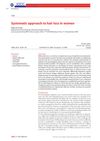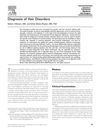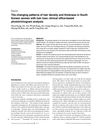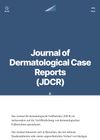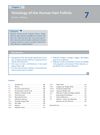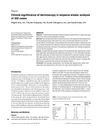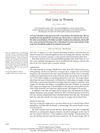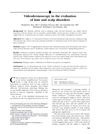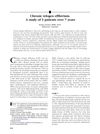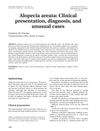Methods of Hair Loss Evaluation in Patients with Endocrine Disorders
January 2011
in “
PubMed
”
hypopituitarism hypothyreosis hyperthyreosis hypoparathyroidism diabetes mellitus growth hormone deficiency hyperprolactinaemia polycystic ovary syndrome SAHA syndrome congenital adrenal hyperplasia Cushing syndrome virilising tumours diffuse non-scarring alopecia anagen effluvium telogen effluvium androgenetic alopecia focal non-scarring alopecia alopecia areata autoimmune thyroiditis scarring alopecia hair weighing pull test wash test trichogram histopathological examination phototrichogram trichoscan trichoscopy reflectance confocal microscopy diabetes PCOS Cushing's disease non-scarring hair loss scarring hair loss hair pull test hair wash test hair analysis hair biopsy hair imaging
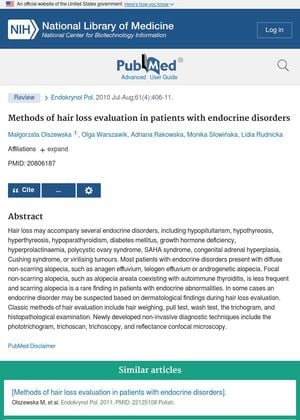
TLDR The document concludes that most patients with endocrine disorders experience diffuse, non-scarring hair loss, with scarring hair loss being rare.
The document from 2010 discussed hair loss in patients with various endocrine disorders such as hypopituitarism, hypothyreosis, hyperthyreosis, hypoparathyroidism, diabetes mellitus, growth hormone deficiency, hyperprolactinaemia, polycystic ovary syndrome, SAHA syndrome, congenital adrenal hyperplasia, Cushing syndrome, and virilising tumours. Most patients with these disorders presented with diffuse non-scarring alopecia, such as anagen effluvium, telogen effluvium or androgenetic alopecia. Focal non-scarring alopecia, such as alopecia areata coexisting with autoimmune thyroiditis, was less frequent and scarring alopecia was rare. The document also discussed various methods of hair loss evaluation, including hair weighing, pull test, wash test, the trichogram, and histopathological examination. Additionally, it mentioned newly developed non-invasive diagnostic techniques like the phototrichogram, trichoscan, trichoscopy, and reflectance confocal microscopy.
